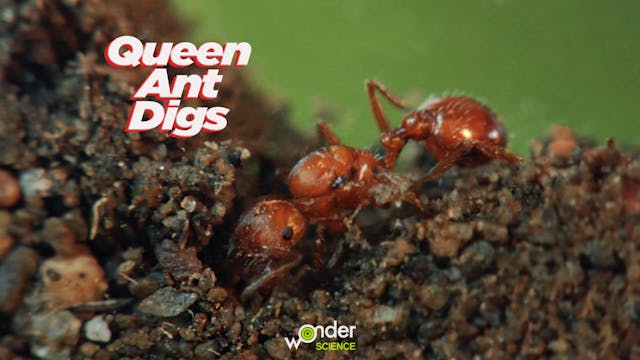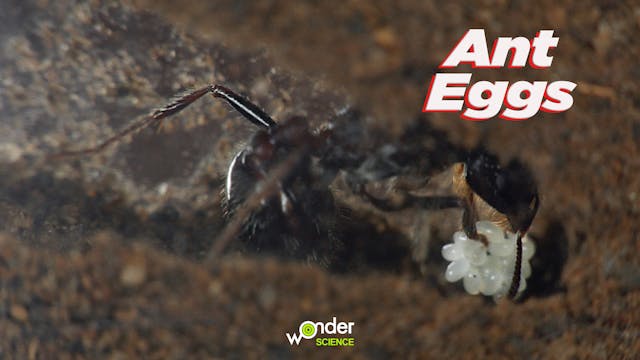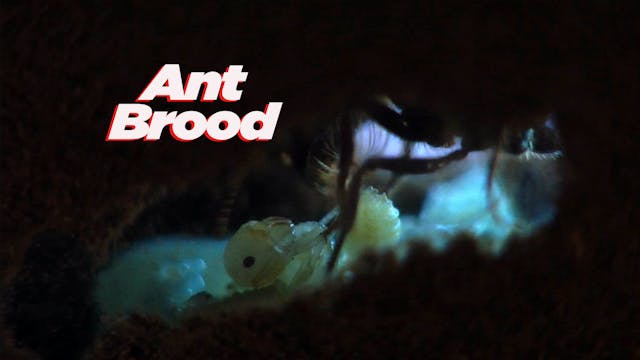Cyanobacteria Vol.2
Living Beings
•
40m
Cyanobacteria oxygenated Earth's atmosphere billions of years ago, allowing oxygen-using creatures to evolve. Cyanobacteria are also credited with devising photosynthesis and multicellularity. Today they provide 20% of Earth's oxygen. These photosynthesizing bacteria are found in many environments, including freshwater ecosystems. This program was produced in collaboration with Jared Leadbetter, Professor of Environmental Microbiology at the California Institute of Technology.
Up Next in Living Beings
-
Queen Ant Digs
A recently-mated ant queen digs a tunnel underground in a vigorous attempt to start a new colony. Only 2% of ant queens successfully found new colonies. The initial challenge is to select a suitable location for the new colony. Next, a newly-mated queen ant must dig down into the ground, where sh...
-
Ant Eggs
The history of every ant colony traces back to the founding queen's first clutch of eggs. The queen patiently and attentively tends them while they develop into the subsequent immature life stages. The ant queen holds the eggs, stimulating them with touch. She must keep the eggs clean and safe fr...
-
Ant Brood
Rare vantage of a new ant queen raising her first batch of brood through the immature life stages. Before it becomes an ant, an egg develops through three immature life stages. The 1st stage is egg, the 2nd is larvae, and the 3d is pupae. The queen constantly cleans her brood which protects them ...



